Hungary’s most unique national park is 30 years old – PHOTOS, VIDEOS

The Fertő-Hanság National Park is an unparalleled treasure of Hungary with its wetlands, the inland river delta, the special fauna of Lake Fertő, and the rare plants of the saline steppes. Together with the joint Austrian national park, Fertő-Hanság National Park is an area acknowledged by the IUCN (International Union for Conservation of Nature and Natural Resources) since 1991.
Legends and tales were told of a beautiful and mysterious land in the northwest corner of Hungary. Today, the unique world of water of Lake Fertő and the Hanság area is a joint protected natural treasure of Hungary and Austria. The total area of the Fertő-Hanság National Park is 23,731 hectares, and it is a transboundary property, located on the territory of both Hungary and Austria. It is situated in the cross-section of different geographical flora and fauna zones and wetlands; this diversity significantly shapes the image of the landscape. Characterised by sub-Alpine mountains, sub-Mediterranean hills, alkaline lakes, saline soils, reeds, and shoreline plains, Fertő/Neusiedlersee Cultural Landscape is
“home to a rich diversity of flora and fauna and has been shaped harmoniously for eight millennia
by different human groups and ethnically diverse populations”. It also
incorporates the westernmost Eurasian steppe lake.
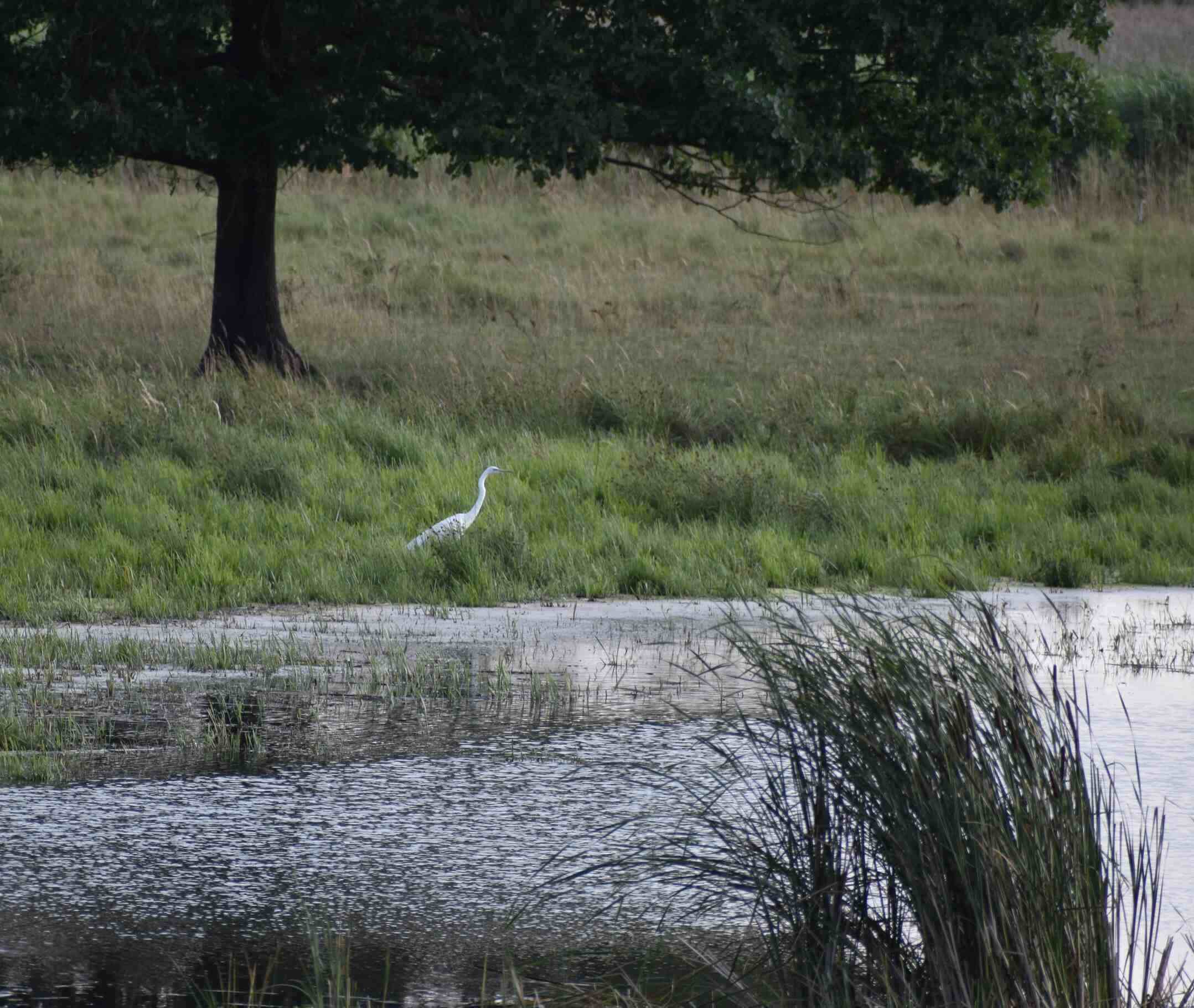
great egret Photo: Ádám Tarr
Due to its outstanding flora and fauna, the region of Lake Fertő has been a landscape protection area since 1977, writes fhnp.nemzetipark.gov. In 1979, the area was announced a Biosphere Reserve by the UNESCO-MAB program, and in 1989, it was designated a wetland of international importance (Ramsar site). The international importance of the national park is further underlined by the fact that
the entire Fertő region, together with the Hungarian and Austrian national parks, was added to the UNESCO World Heritage List in 2001.
The area of Lake Fertő, the saline lakes of Fertőzug, and the surrounding wetland marshes and bogs are characterised by unparalleled biodiversity, including aquatic invertebrates, fish, amphibians, and birds. Several species of rare and protected plants can be found in this area, such as the lady’s-slipper orchid, the fly orchid, the spider orchid, and the dwarf iris. The region’s birdlife is also extremely rich, great egrets, terns, bitterns, spoonbills, ferruginous ducks, Eurasian teals, and red-crested pochards nest here.
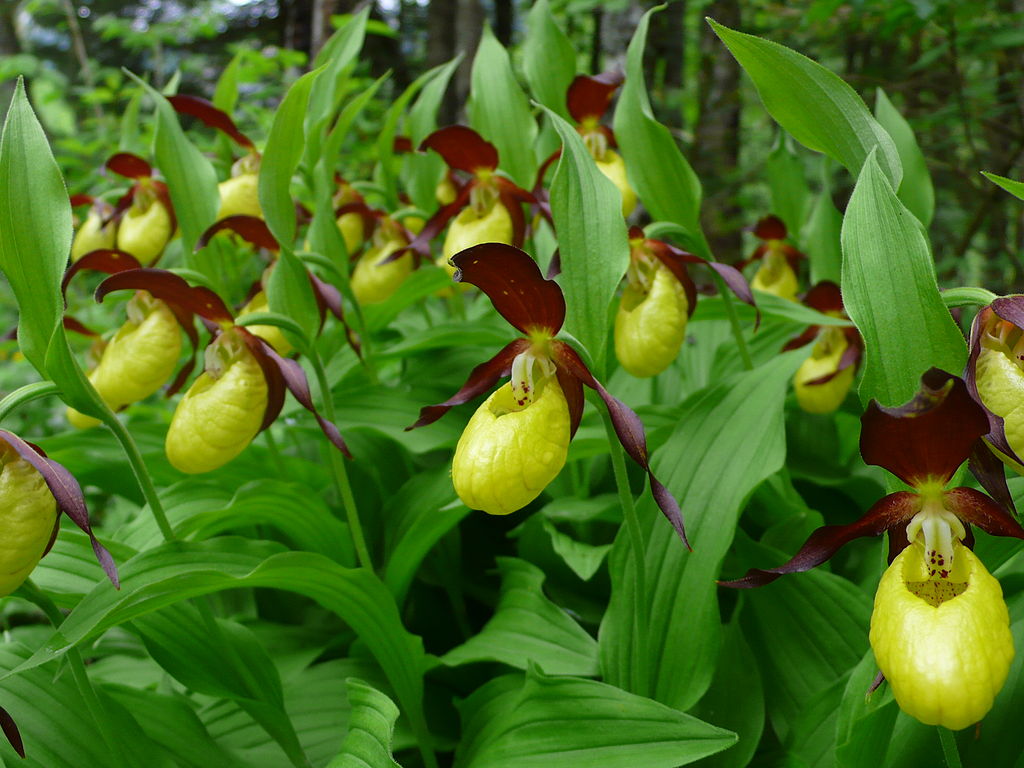
Boldogasszony papucsa – lady’s-slipper orchid Photo: Wikimedia Commons / Manuguf 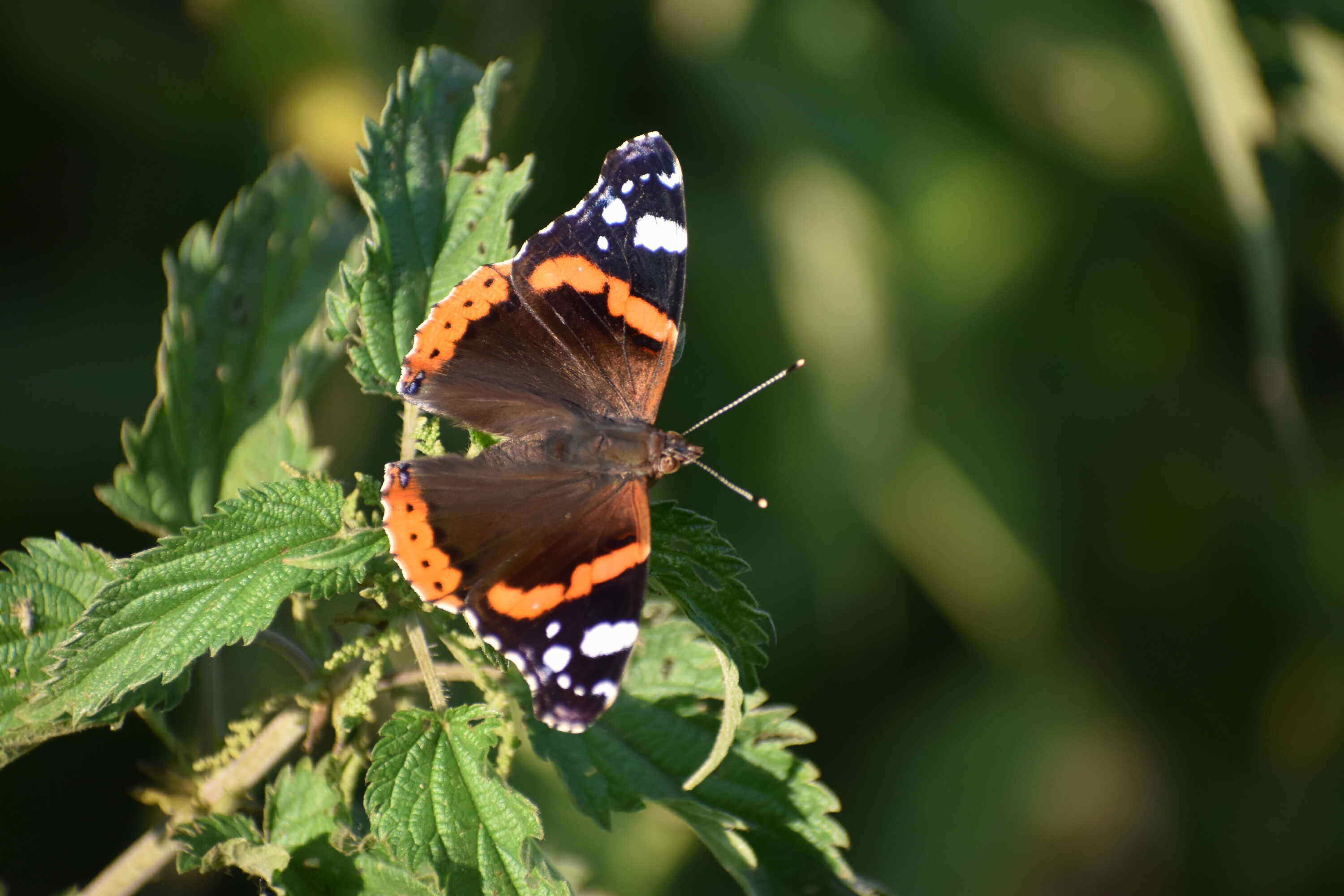
red admiral Photo: Ádám Tarr 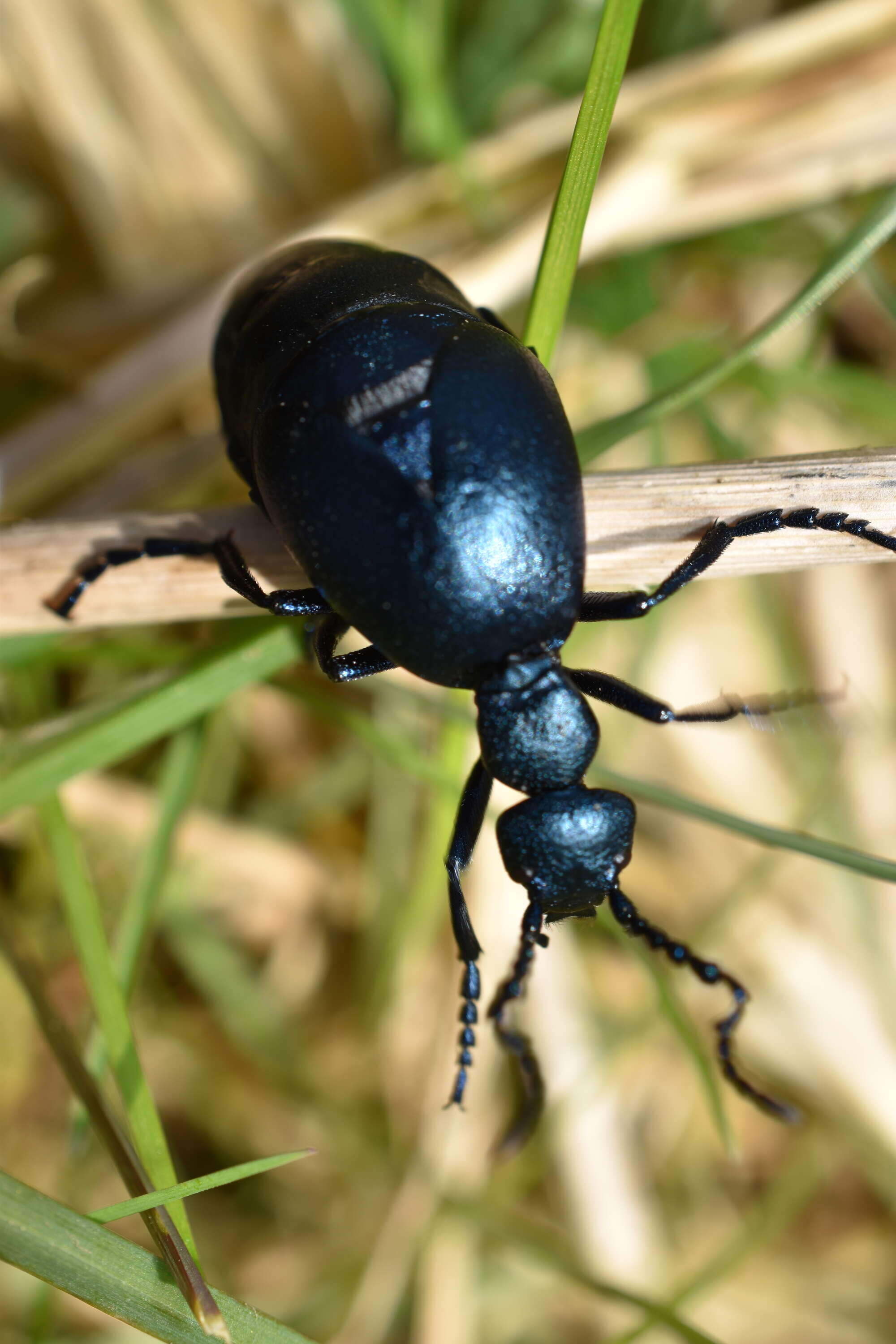
oil beetle Photo: Ádám Tarr 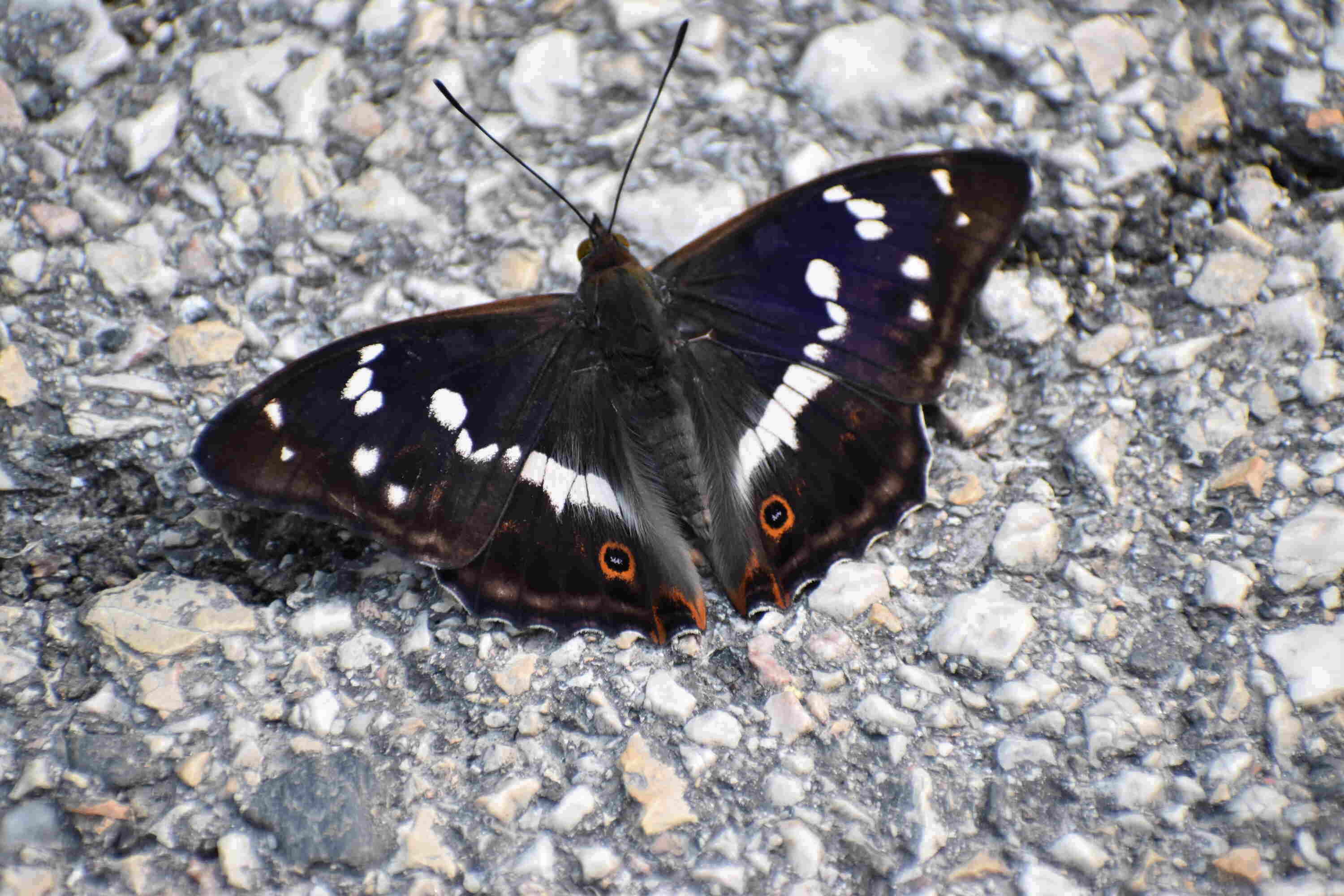
purple emperor Photo: Ádám Tarr
- The world’s first Bird Theatre to be built in Hortobágy! – VIDEO
- Mysterious wonderland in the heart of Budapest – VIDEO!
The fish fauna and the amphibian and reptile populations of the lake are outstanding both on a Hungarian and on the international level.
Research over the last decades found 35 fish species in the lake, among which the European Weatherfish can be considered important from a conservationist’s point of view. The reedy marshlands are inhabited by tens of thousands of frogs, newts, and toads.
Source: Daily News Hungary





